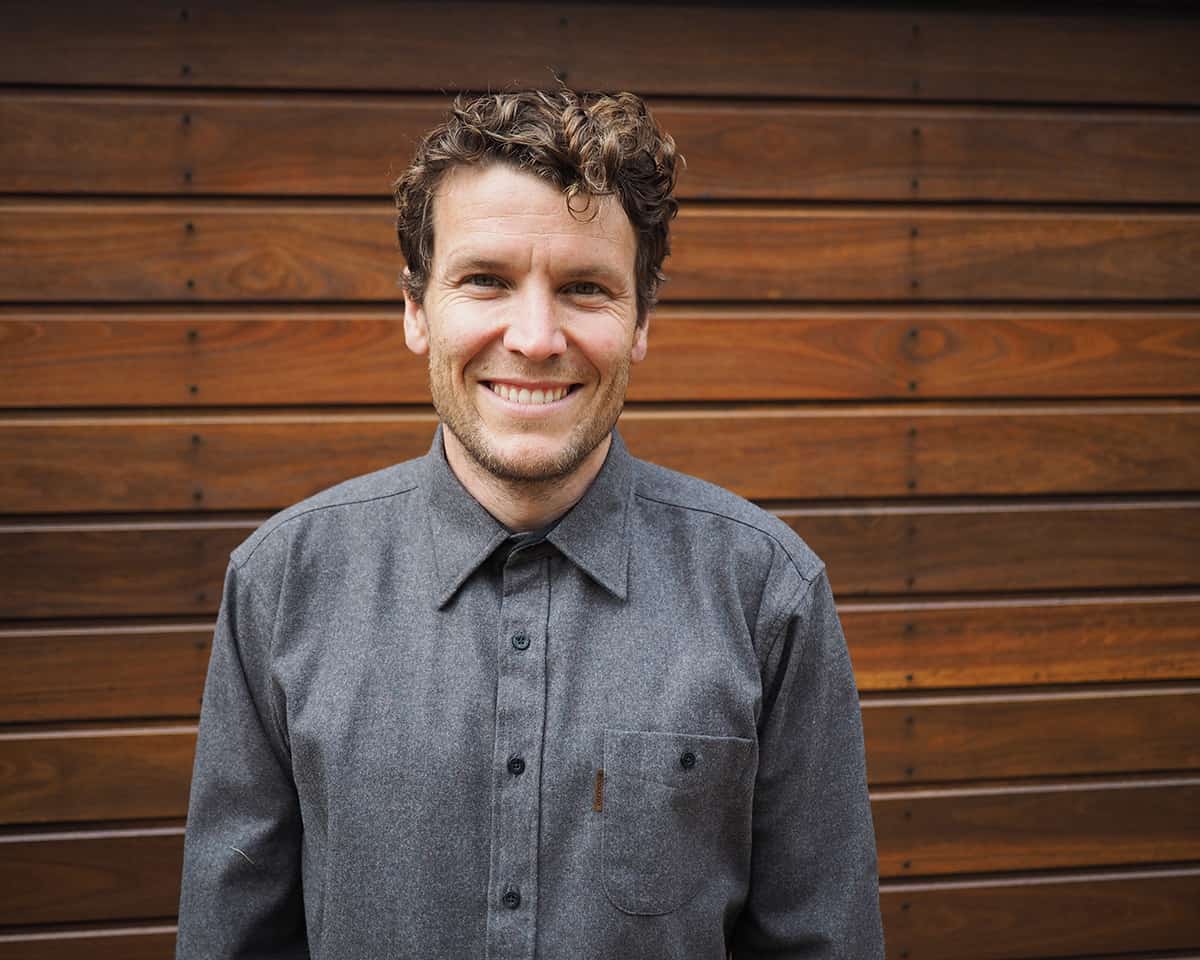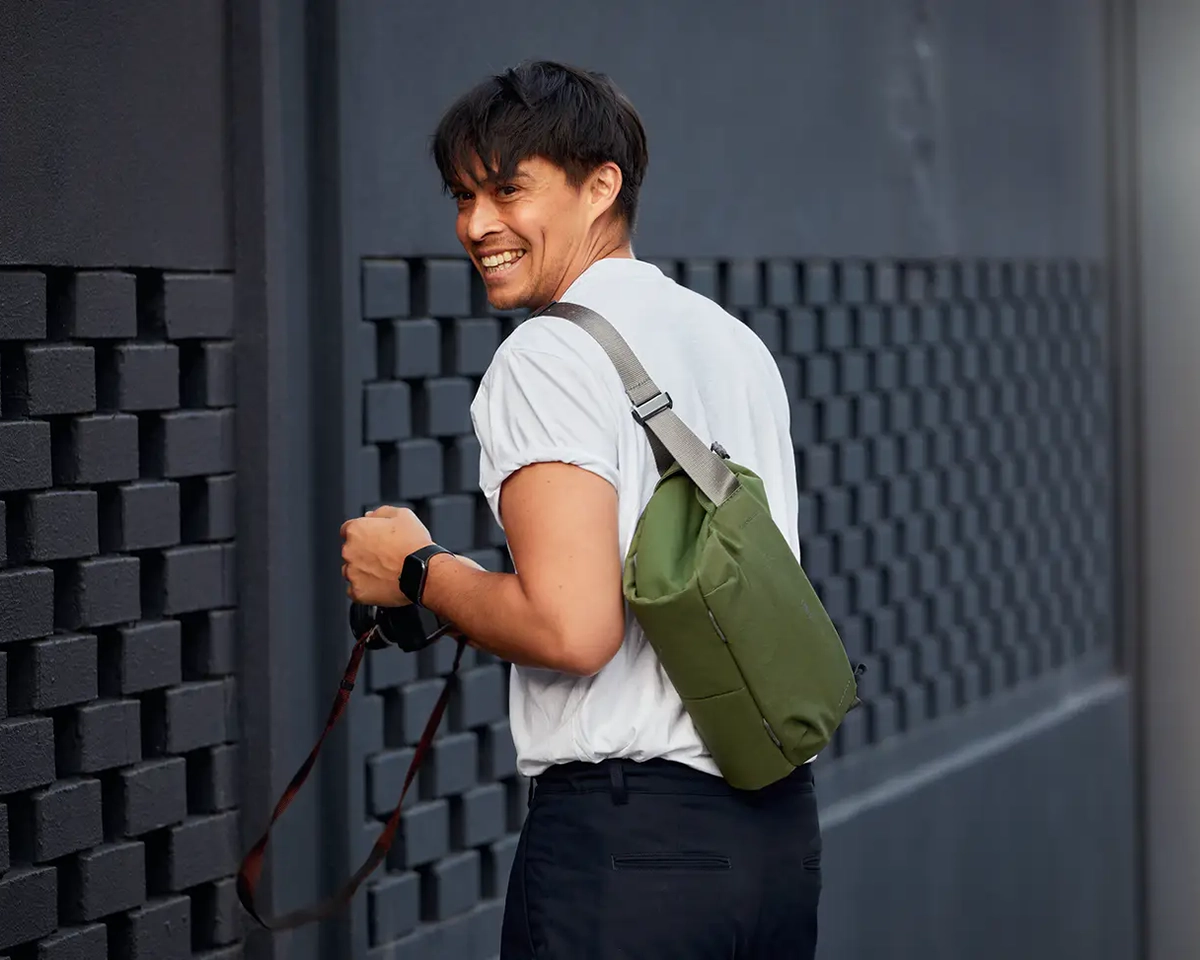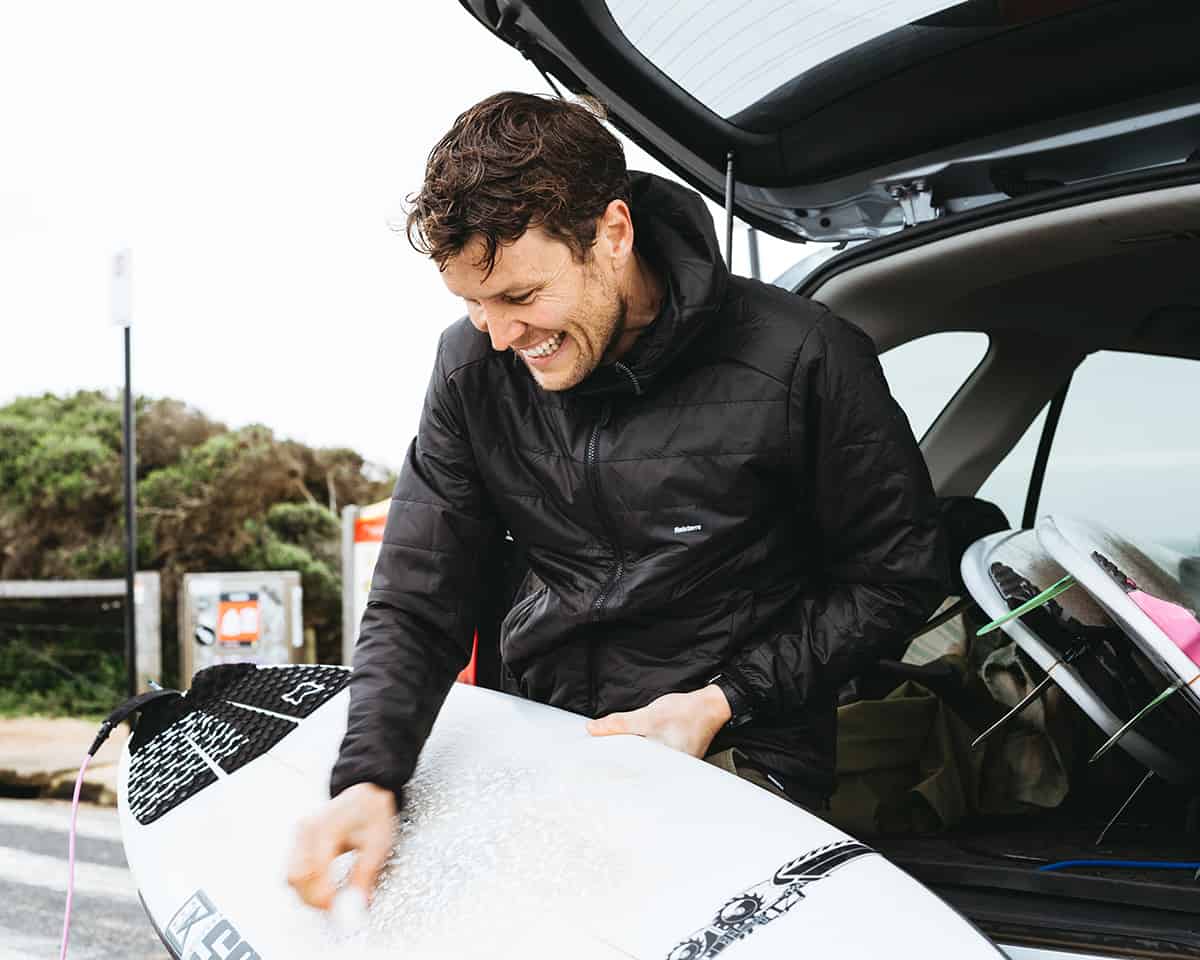CATCHING UP WITH BELLROY CEO ANDY FALLSHAW: FRICTIONLESS LIVING

Back in 2009 Andy Fallshaw, CEO of accessories brand Bellroy, launched the blog Carryology with a couple of friends who were watching the way that lifestyles — and related accessories — were shifting. They saw that people used to live in “buckets:” we worked during the week and played on the weekends.
“We could see then that the lines were blurring,” says Fallshaw. “There were more transitions happening in a day. People might be going to work but then going for a run or to the gym right from work. If you had a big heavy satchel for work, that would be too heavy for the rest of the day. All the legacy brands in the space were set up either as business travel brands or outdoor brands. The goal became to remove friction from people’s lives.”

In 2010 Fallshaw founded Bellroy, starting with five of the first slim wallets on the market. “Those old wallets weren’t good for anyone but the chiropractor,” says Fallshaw. “We pioneered some innovations to lighten things up including adding a pull tab for quick access to the cards you use most, and getting rid of the bulk.”
Fallshaw and his colleagues were inspired by the world of sneakers and how they went from being something that only athletes wore to being things that communities were built around.
“We also wanted to build a business that had positive impact. In 2015 we were one of the first to be certified as a B Corporation,” he points out. “We do a huge amount around sustainability, better practices, and engagement with humans. We do a lot around animal welfare, too, where we’ve really pioneered a lot to improve practices in the supply chain. We’re also pioneering alternatives to leather, working with some incredible partners that have plant-based alternatives.”
Fallshaw also recognized that he wanted to see a change in the culture around business. “So many businesses are either based on the art and creative side, or in science and critical thinking. Not many brands properly celebrate both. We do, and like to call it ‘Beauty and the Geek.’ You need to get the cool cats and the geeks into the same room, respecting each other and jamming together to make something better.”
“We saw how the licensing model was working from inside the factories,” he says. “A menswear brand might come to the factory and say ‘design us a range of 20 wallets.’ The factory would get the latest version of the brand’s logo packs, crank out 40 choices, and the brand manager would come and approve half of them. Design was being outsourced. At that point, the consumer was just buying a brand name on an accessory.”

Referencing sneaker culture again, Fallshaw saw the opportunity to tell really good product stories. “The more innovative you want to be, the better the story-telling has to be to put with it. Nike pioneered the immersive experience. They’ll develop a whole installation around a new product and explain why it looks so different. Better retailers are doing that now, too. To compete against all the (retail) channels, you’ve got to lift the game.”
Fallshaw also points out that it’s about quality versus quantity, and focuses on one great thing. “Just like a tabloid that crams 50 stories onto a page, it’s easy to lose sight of the most important thing. When you visit the Louvre, the Mona Lisa isn’t surrounded by 50 other paintings. You know she’s important.”
Fallshaw also believes in a multi-pronged approach to retail. “We want to be where the customer wants us to be.” Bellroy is currently found on websites from its own DTC ecommerce site to Amazon to Huckberry. It’s also found at more than 1,200 brick-and-mortar stores around the world, including Nordstrom here in the United States and United Arrows and Itoya in Japan. The brand also works with compatible brands like L.L. Bean. It works with Google to sell products developed for the Pixel smartphone.
Looking forward, Bellroy is focused on something Fallshaw calls “Utility Signaling. We’re shifting away from the Gorp Corps trend, and getting into smaller bags. COVID really accelerated that, especially in big cities in Asia. In the United States, it used to be that a guy would just throw all his stuff into the back of his car and go, Now we’ve all gotten into taking bikes or ride-hailing, etc., so using body pouches or slings to carry our masks, water bottles, and hand sanitizer, just makes sense. Also, for so long handbag design really drove the category, but bling just looks weird with athleisure. We’re also now seeing a lot more genderless bags and, of course, things that work between worlds. Everyday carry has moved to slings and cross-body bags.”
Sustainable materials are also key to the category. Fallshaw sees a move away from those that looked synthetic and plastic to ones made from natural fibers that look richer. “Stone Island and CP Company have pioneered beautiful plant-based materials with coatings that add to performance, but that look natural and beautiful.”

Recent additions to the collection include the Venture Sling 10L Camera Edition (MSRP $175), perfect for photographers of all skill levels with room to pack a body and a few lenses. The Slim Sleeve MIRUM Edition Wallet (above) (MSRP $99) uses a plant-based leather alternative to craft an elegant slim wallet with room for 11 cards plus cash. A personal favorite for summer? The Cooler Caddy (MSRP $59) is a handy insulated bag for lunch or a six-pack, but with all the good looks of a chic tote.
Interested retailers can contact the brand via email: support@bellroy.com.



